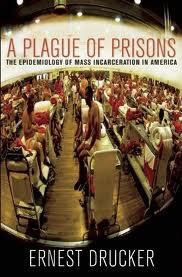Drug Policy Question of the Week – 7-21-12
As answered by Mary Jane Borden, Editor of Drug War Facts for the Drug Truth Network on 7-21-12. http://www.drugtruth.net/cms/node/3945
Question of the Week: What is Stop and Frisk?
A May 2011 briefing paper from the Drug Policy Alliance defines a “stop” as
“the practice of police officers stopping individuals on the street to question them.”
A pat-down frisk is
“a limited search subject to the requirements of the Fourth Amendment. It involves a police officer patting down an individual’s outer clothing, and only his outer clothing, if and only if, pursuant to a lawful forcible stop, the officer has a reasonable suspicion that the individual stopped is armed and dangerous.”
While the Alliance’s briefing paper advises people,
“to ask the police officer politely whether you are free to leave or not,”
it concedes that the
“catch … is that the cops are not required to tell individuals this; most young people stopped on the street don’t know it; and the cops often trick them into “consenting.”
New York City has made these “Stop and Frisk” searches famous.
An analysis by the New York Chapter of the American Civil Liberties Union, released this past May, found that,
“the [New York Police Department] conducted nearly 700,000 stops in 2011. The total of 685,724 stops marked an increase of 84,439 (14 percent) stops from 2010. During the 10 years of the Bloomberg administration, there have been 4,356,927 stops.”
The Drug Policy Alliance summarized the impact of “Stop and Frisk:”
“… marijuana possession is now the number one arrest in New York City. More than 50,000 people were arrested for marijuana possession in 2010 alone, comprising one out of every seven arrests (15 percent). We contend that many of these arrests are the result of illegal searches or false charges.”

